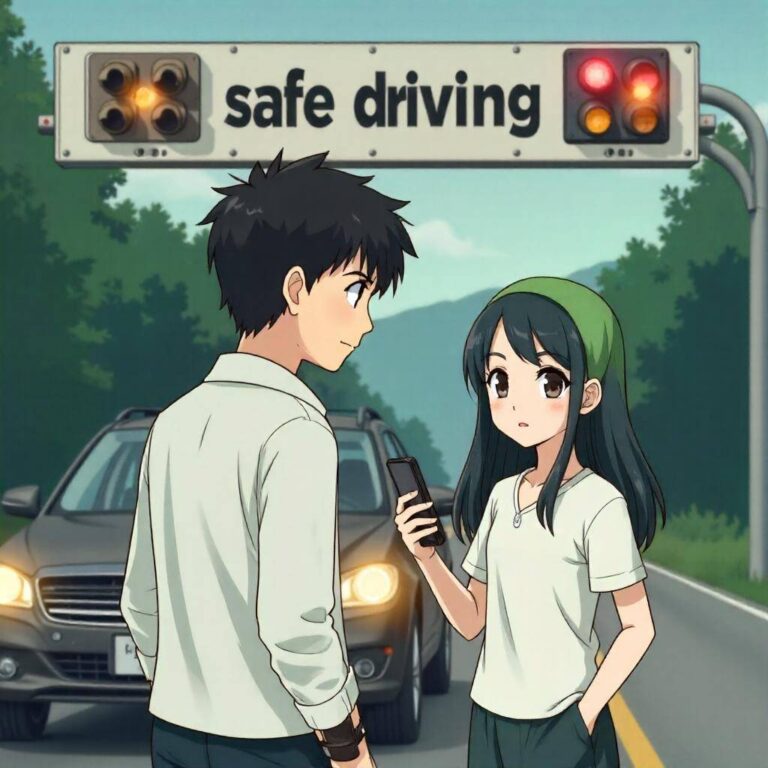Question from a reader:
I wanted to turn left when leaving the convenience store and signaled, but when I turned the steering wheel, the signal turned off, and I ended up turning left. If the police had been there at that moment, would I have been at risk of getting caught?
Signal Turned Off? Legal Risks Afterwards
Many drivers have experienced the
situation of wanting to turn left when leaving a convenience store, signaling, but having the signal turn off when they turned the steering wheel. Such small troubles can occur, especially when feeling rushed or when the surrounding situation is complicated. In this case, is there a possibility of getting caught by the police? Let’s think about it a bit.
The Importance of Signals and Legal Obligations
First of all, signals play a very important role in driving. By signaling, drivers and pedestrians are informed of your direction, promoting safe driving. Article 52 of Japan’s Road Traffic Act states that drivers must signal when changing direction. Therefore, turning without signaling could potentially be considered a violation. However, if the signal turns off, the intent and circumstances should also be taken into account. This is because the law requires interpretation based on the situation. If you can clearly prove that you had signaled, it is unlikely to be considered an intentional violation.
Actual Situation and Police Judgment
For example, if you signaled after checking your surroundings for safety while turning left out of the convenience store, and the signal turned off just as you were about to turn the steering wheel, even if the police witnessed it, if there is evidence that your action was not intentional, the likelihood of getting caught is low. However, if the police were actually present, they would assess the entire situation. The fact that the signal turned off could be interpreted more as a vehicle malfunction or error rather than a driver’s mistake. In other words, if you were in a hurry or distracted by other vehicles or pedestrians, how the police evaluate that situation is very important.
What You Can Do to Reduce the Risk of Getting Caught
To avoid such situations, it is crucial to pay close attention while driving. Checking the condition of your signals is one method. Especially in older vehicles, signal malfunctions can occur, so regular maintenance should not be neglected. Additionally, it is important to always be aware of your surroundings and consider other vehicles and pedestrians. Even so, if you do happen to get caught, remaining calm is the most important thing. You should explain your actions and emphasize that it was not intentional. The police will make a comprehensive judgment based on the situation, so maintaining composure is essential.
What Happens Legally
Ultimately, whether turning without signaling is considered a violation depends on the circumstances and evidence at the scene. The driver’s intent, surrounding conditions, and the police’s judgment can greatly affect the outcome. Even if you end up getting caught, if you can prove that you had signaled, it would be difficult to be charged with a violation. Laws are always changing, and interpretations can vary based on the situation. Therefore, it is necessary to have the latest information when driving and to always prioritize safe driving. Psychologically, driving requires situational judgment and stress management. Driving in a hurry can lead to unexpected mistakes, so it’s good to think of ways to calm yourself.
Conclusion
If your signal turned off while you were signaling, it does not necessarily mean that your action was a violation. However, sufficient caution is needed to reduce the risk of accidents or violations. Driving is an act that always requires coordination with the surroundings and is established not only by oneself but also through interactions with others. By learning and practicing the balance of law, psychology, and driving skills, you can achieve safe driving. Always remember to maintain composure while driving and to observe your surroundings carefully. This is the best way to avoid unnecessary troubles.



